Home>Others>Eco-Friendly Products>How To Hide The Recycling Bin


Eco-Friendly Products
How To Hide The Recycling Bin
Published: January 18, 2024
Discover eco-friendly products and clever solutions for hiding the recycling bin in your home. Find stylish and practical ways to maintain an organized and sustainable living space.
(Many of the links in this article redirect to a specific reviewed product. Your purchase of these products through affiliate links helps to generate commission for Storables.com, at no extra cost. Learn more)
Introduction
When it comes to maintaining a visually appealing and organized outdoor space, concealing the recycling bin is often overlooked. However, hiding the recycling bin is not just about aesthetics; it also contributes to creating a more harmonious and sustainable environment. By strategically concealing recycling bins, homeowners can not only enhance the overall look of their outdoor areas but also promote eco-friendly practices. Let’s delve into the significance of hiding the recycling bin and explore the numerous benefits of concealing recycling bins.
First and foremost, concealing the recycling bin helps in maintaining a neat and tidy outdoor space. Rather than having unsightly bins detracting from the beauty of the landscape, hiding them allows the natural surroundings to take center stage. This simple act of concealment can significantly elevate the visual appeal of the outdoor area, creating a more inviting and aesthetically pleasing environment for both residents and visitors.
Furthermore, concealing recycling bins aligns with the principles of sustainability and environmental consciousness. By making the effort to hide recycling bins, individuals demonstrate a commitment to integrating eco-friendly practices into their daily lives. This not only sets a positive example for others in the community but also contributes to a collective effort to promote responsible waste management and environmental stewardship.
Beyond the visual and environmental benefits, concealing recycling bins also fosters a sense of organization and order within the outdoor space. By designating a specific area for the recycling bin and concealing it within a thoughtfully constructed structure, homeowners can streamline the overall appearance of their outdoor environment, creating a more cohesive and harmonious setting.
Ultimately, the act of hiding the recycling bin transcends mere aesthetics; it embodies a commitment to sustainability, organization, and environmental mindfulness. By exploring the various methods and considerations involved in concealing recycling bins, individuals can elevate the functionality and visual appeal of their outdoor spaces while championing eco-friendly practices.
Key Takeaways:
- Concealing recycling bins not only enhances outdoor aesthetics but also promotes sustainability and environmental consciousness. It’s a simple yet impactful way to create a visually appealing and eco-friendly outdoor space.
- By strategically hiding recycling bins with purposeful structures and creative camouflaging techniques, homeowners can maintain a visually cohesive and inviting outdoor environment while championing responsible waste management and environmental stewardship.
Read more: How To Find The Recycling Bin
Choosing the Right Location
When it comes to concealing the recycling bin, selecting the right location is paramount. Assessing different areas for hiding the recycling bin involves a thoughtful evaluation of the outdoor space to determine the most suitable and strategic placement. Additionally, several factors must be considered to ensure that the chosen location not only effectively hides the recycling bin but also aligns with practical and aesthetic considerations.
First and foremost, it’s essential to assess different areas within the outdoor space to identify potential locations for hiding the recycling bin. This may involve surveying the backyard, patio, or garden to pinpoint areas that offer both concealment and accessibility. Considerations such as proximity to the house, existing landscaping features, and visual impact should guide this assessment process.
When selecting a location for hiding the recycling bin, several factors come into play. One crucial consideration is accessibility. While the primary goal is to conceal the recycling bin, it’s equally important to ensure that it remains easily accessible for regular use. This means choosing a location that allows convenient and unobstructed access to the recycling bin while still keeping it discreetly hidden from plain view.
Another vital factor to consider when choosing the right location is visual integration. The selected area should seamlessly integrate with the existing landscape and outdoor design. Whether it’s nestled among shrubbery, concealed behind a privacy screen, or integrated into a structural element, the location should contribute to the overall visual harmony of the outdoor space.
Furthermore, practical considerations such as weather exposure and maintenance should not be overlooked. The chosen location should offer protection from the elements, ensuring that the recycling bin and its concealment structure are shielded from harsh weather conditions. Additionally, the location should allow for easy maintenance and upkeep, facilitating regular cleaning and waste disposal without posing logistical challenges.
By carefully assessing different areas for hiding the recycling bin and considering factors such as accessibility, visual integration, weather protection, and maintenance, homeowners can make informed decisions when selecting the right location. This thoughtful approach ensures that the concealment of the recycling bin not only serves its practical purpose but also enhances the overall functionality and aesthetic appeal of the outdoor space.
Building a Concealment Structure
Concealing the recycling bin often involves the construction of a purposeful concealment structure that not only hides the bin but also complements the outdoor environment. When embarking on this endeavor, homeowners can explore various design options for concealing the recycling bin, each offering unique aesthetic and functional benefits. Additionally, understanding the materials needed for building a concealment structure is essential in bringing the chosen design to fruition.
One of the design options for concealing the recycling bin is the use of privacy screens or fencing. This approach involves incorporating a decorative privacy screen or a section of fencing around the recycling bin, effectively concealing it from view while adding a decorative element to the outdoor space. Privacy screens and fencing come in a variety of materials, styles, and finishes, allowing homeowners to select options that harmonize with their existing outdoor décor.
Another design option involves the creation of a dedicated recycling bin storage area within an existing structure, such as a shed or storage unit. By allocating a specific section of the structure for housing the recycling bin, homeowners can effectively conceal it while maximizing the use of available space. This approach is particularly beneficial for homeowners seeking a seamless and integrated concealment solution.
For those inclined towards a more natural and organic aesthetic, concealing the recycling bin through landscaping and greenery presents an appealing design option. This approach involves strategically incorporating planters, trellises, or climbing vines to create a visually pleasing camouflage for the recycling bin. By seamlessly blending the bin into the surrounding greenery, homeowners can achieve an understated and harmonious concealment effect.
When it comes to the materials needed for building a concealment structure, the choice largely depends on the selected design option. For privacy screens and fencing, materials such as wood, composite, or metal panels are commonly utilized. These materials offer durability, versatility, and aesthetic appeal, allowing homeowners to select options that align with their design preferences.
For creating a recycling bin storage area within an existing structure, materials such as wood, metal shelving, and hooks may be required to customize the interior space for accommodating the bin. Additionally, incorporating hinges, latches, and access doors may be necessary to facilitate convenient retrieval and disposal of recyclables.
For those opting for a landscaping-based concealment approach, materials such as planters, trellises, and climbing vine varieties are essential. Selecting planters and trellises made from weather-resistant materials ensures longevity, while choosing suitable climbing vines contributes to the overall aesthetic and camouflage effect.
By exploring design options for concealing the recycling bin and understanding the materials needed for building a concealment structure, homeowners can embark on the process with clarity and purpose, ultimately achieving a seamlessly integrated and visually appealing concealment solution for their recycling bins.
Right-click on the desktop, select “Personalize,” then “Themes,” and “Desktop icon settings.” Uncheck the box next to “Recycle Bin” and click “Apply.”
Camouflaging Techniques
Camouflaging the recycling bin involves utilizing natural elements and creative strategies to seamlessly blend the bin into its surroundings, effectively concealing it from view while enhancing the overall aesthetic of the outdoor space. By employing various camouflaging techniques, homeowners can achieve a harmonious integration of the recycling bin within the landscape, contributing to a visually cohesive and inviting outdoor environment.
One effective camouflaging technique involves using natural elements to blend the recycling bin into the surroundings. This approach leverages the beauty of nature to conceal the bin, incorporating elements such as strategically placed shrubbery, potted plants, or ornamental grasses to create a natural screen around the bin. By integrating these elements, homeowners can effectively obscure the presence of the recycling bin while infusing the outdoor space with greenery and organic charm.
Additionally, creative ways to disguise the recycling bin can further enhance the camouflaging effect. One innovative approach involves customizing the recycling bin concealment with artistic touches, such as decorative stenciling, vibrant paint colors, or personalized embellishments. By infusing the concealment structure with creativity and individuality, homeowners can transform the recycling bin area into a visually captivating and personalized feature within the outdoor space.
Another creative strategy for disguising the recycling bin involves incorporating functional elements that serve a dual purpose. For example, integrating the recycling bin concealment with a multifunctional seating area, garden bench, or decorative planter not only hides the bin but also adds practical and aesthetic value to the outdoor environment. This approach seamlessly integrates the recycling bin into the overall landscape, ensuring that it becomes an integral and purposeful component of the outdoor space.
Furthermore, utilizing natural materials such as bamboo, wicker, or rattan in the construction of concealment structures can contribute to a cohesive and organic camouflaging effect. These materials not only offer durability and versatility but also blend harmoniously with natural surroundings, creating a unified and visually appealing concealment solution for the recycling bin.
By embracing camouflaging techniques that utilize natural elements and creative strategies, homeowners can elevate the concealment of the recycling bin from a functional necessity to a visually captivating and seamlessly integrated feature within the outdoor space. Through thoughtful design and strategic implementation, the recycling bin can harmoniously coexist with the natural landscape, enhancing the overall aesthetic and allure of the outdoor environment.
Maintenance and Accessibility
Ensuring easy access to the recycling bin while keeping it hidden is essential for maintaining a seamless and functional outdoor environment. By prioritizing accessibility and implementing effective maintenance strategies, homeowners can strike a balance between concealing the recycling bin and ensuring convenient usability. Additionally, incorporating tips for maintaining the concealment structure is crucial in preserving its functionality and visual appeal over time.
When concealing the recycling bin, it’s imperative to prioritize easy access to facilitate the seamless disposal of recyclables. This involves strategically positioning the concealment structure in a location that allows unobstructed and convenient access to the recycling bin. Whether it’s through the incorporation of access doors, hinged panels, or removable sections, ensuring that the bin remains easily reachable streamlines the recycling process while maintaining its discreet concealment.
Moreover, integrating practical features such as smooth-rolling casters or slide-out compartments within the concealment structure can further enhance accessibility. These functional elements enable effortless retrieval and movement of the recycling bin, simplifying the process of waste disposal while minimizing any potential inconvenience associated with its concealment.
While prioritizing accessibility, it’s equally important to implement effective maintenance strategies to preserve the functionality and visual appeal of the concealment structure. Regular cleaning and upkeep play a pivotal role in ensuring that the concealment remains in optimal condition, free from debris, dirt, and weather-related wear.
Applying weather-resistant sealants, finishes, or protective coatings to the concealment structure can enhance its durability and longevity, safeguarding it against the impact of outdoor elements. Additionally, inspecting the structure for any signs of wear, damage, or structural integrity ensures timely maintenance and repairs, preventing potential issues from compromising its concealment capabilities.
Furthermore, incorporating removable or adjustable components within the concealment structure facilitates ease of maintenance. For example, utilizing modular panels, detachable screens, or interchangeable decorative elements allows for effortless cleaning and upkeep, enabling homeowners to maintain the concealment structure with minimal effort and maximum effectiveness.
By prioritizing easy access to the recycling bin while keeping it hidden and implementing effective maintenance strategies, homeowners can ensure that the concealment of the recycling bin remains a seamless and enduring aspect of their outdoor environment. With thoughtful consideration for accessibility and maintenance, the concealment structure can seamlessly integrate into the outdoor space, enhancing both its functionality and visual appeal.
Read more: What Color Is The Recycling Bin
Conclusion
In conclusion, the act of hiding the recycling bin holds significant importance, transcending mere visual aesthetics to encompass sustainability, organization, and environmental mindfulness. By concealing recycling bins through strategic location selection, purposeful concealment structures, and creative camouflaging techniques, homeowners can elevate the functionality and visual appeal of their outdoor spaces while championing eco-friendly practices. As we recap the importance of hiding the recycling bin and reflect on the final thoughts regarding concealing recycling bins, it becomes evident that this simple yet impactful endeavor contributes to a more harmonious and sustainable outdoor environment.
Recapitulating the importance of hiding the recycling bin, it’s clear that concealing these functional yet often unsightly containers goes beyond mere visual enhancement. By integrating concealment structures and camouflaging techniques, homeowners contribute to maintaining a neat and visually appealing outdoor space while promoting responsible waste management and environmental stewardship. This commitment to concealing recycling bins reflects a dedication to sustainable living and environmental consciousness, setting a positive example for the community and future generations.
As we contemplate the final thoughts on concealing recycling bins, it’s essential to recognize the transformative impact of this endeavor. Concealing recycling bins not only fosters a more visually cohesive and inviting outdoor environment but also encourages a proactive approach to waste management. By concealing the recycling bin through thoughtful design and strategic integration, homeowners create a seamless and integrated solution that aligns with both practical and aesthetic considerations, ultimately enhancing the overall functionality and allure of the outdoor space.
Embracing the practice of hiding the recycling bin signifies a commitment to sustainability, organization, and environmental mindfulness. By concealing recycling bins through purposeful design, thoughtful integration, and ongoing maintenance, homeowners can achieve a harmonious balance between functionality and visual appeal, ultimately contributing to a more sustainable and visually captivating outdoor environment.
In essence, the endeavor of hiding the recycling bin embodies a holistic approach to outdoor space management, where practicality meets aesthetics, and sustainability intertwines with visual harmony. By concealing recycling bins with intention and creativity, homeowners can transform their outdoor spaces into inviting, organized, and eco-conscious havens, where responsible waste management seamlessly integrates with the natural landscape.
Frequently Asked Questions about How To Hide The Recycling Bin
Was this page helpful?
At Storables.com, we guarantee accurate and reliable information. Our content, validated by Expert Board Contributors, is crafted following stringent Editorial Policies. We're committed to providing you with well-researched, expert-backed insights for all your informational needs.
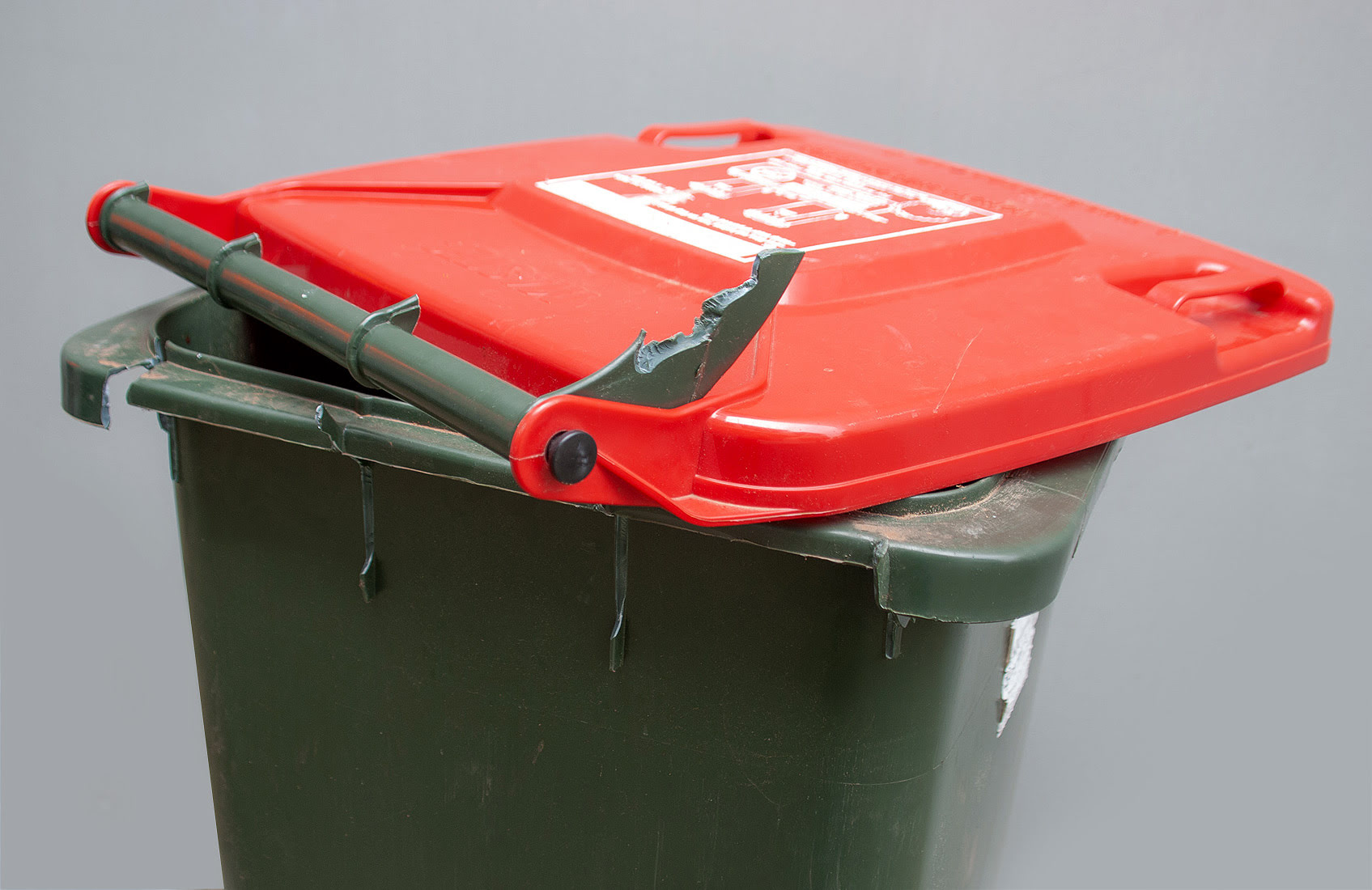
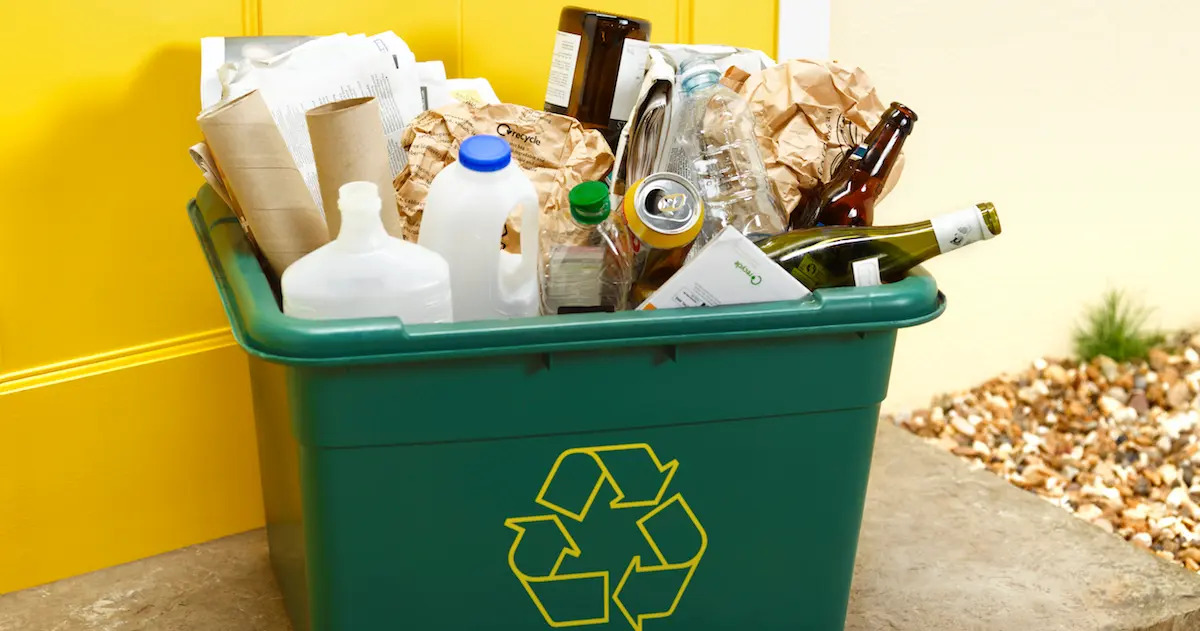
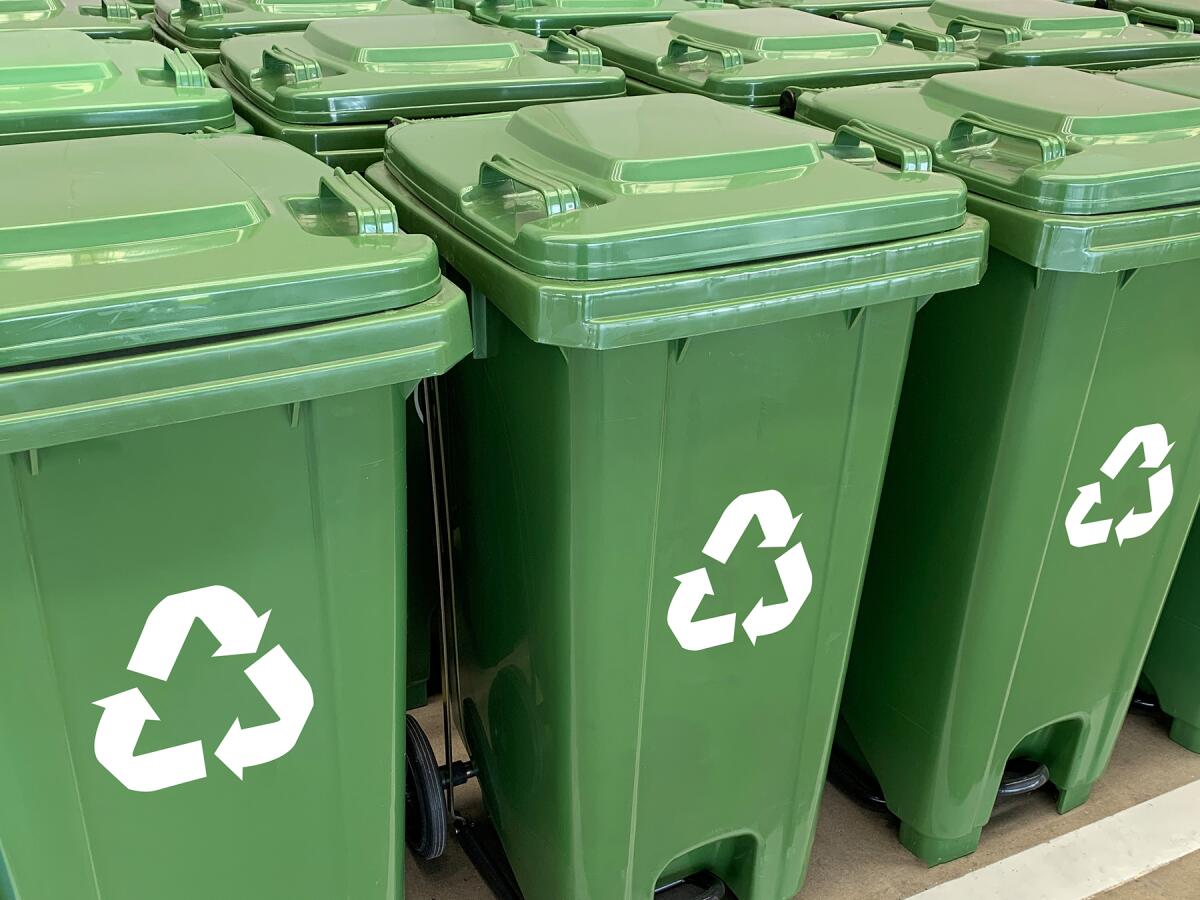
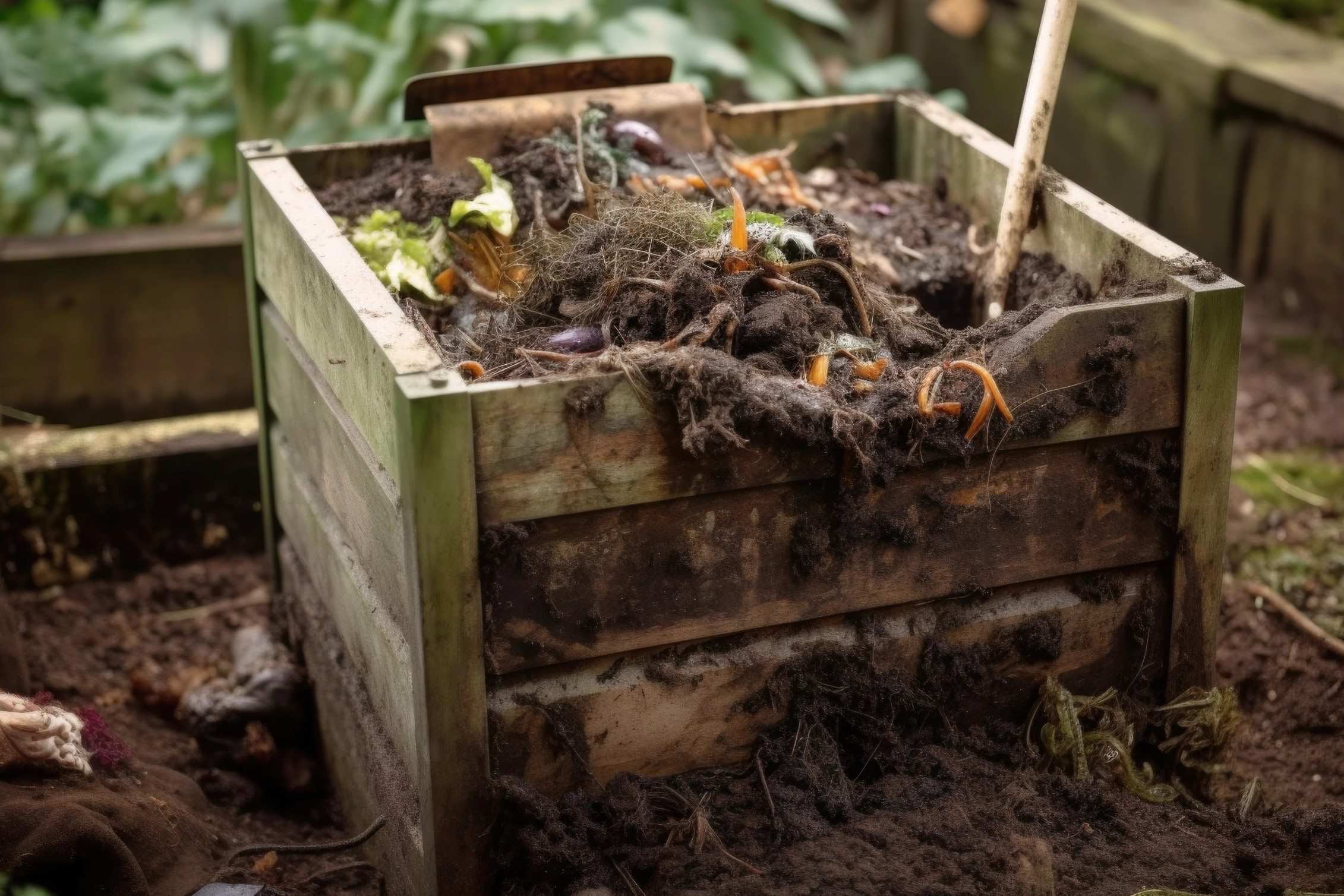
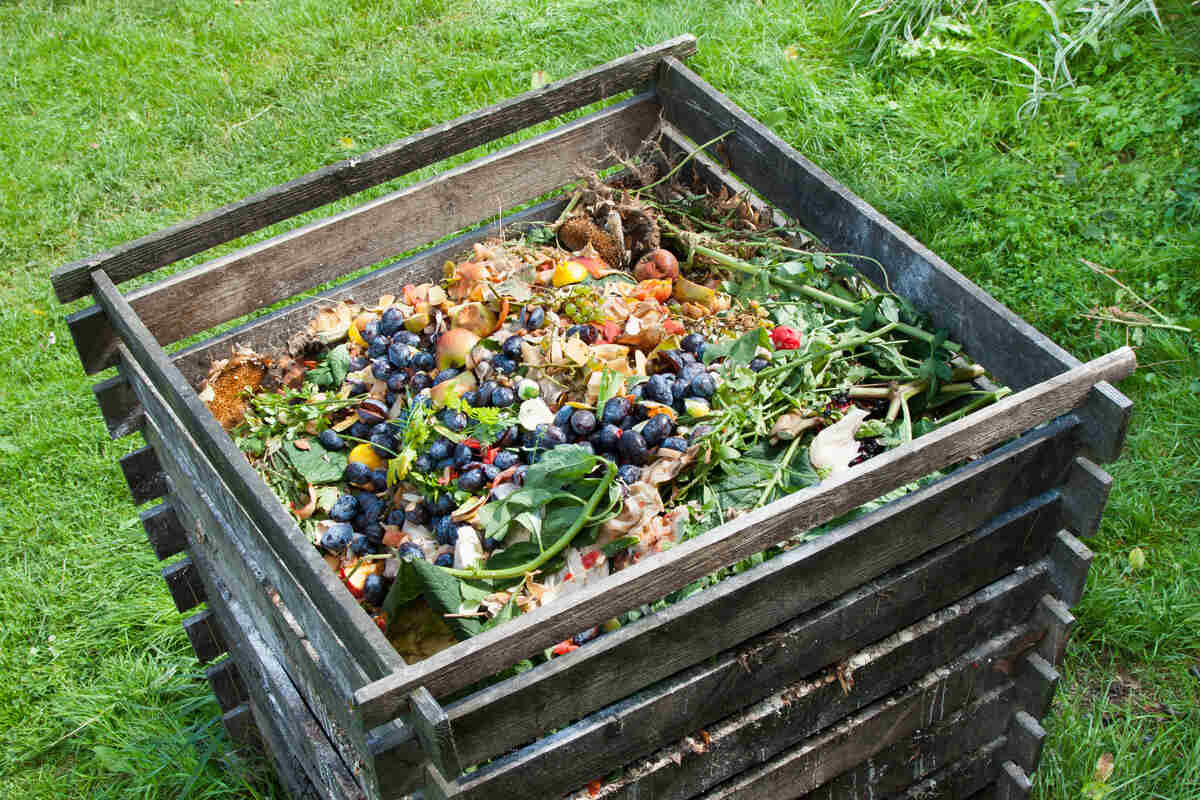
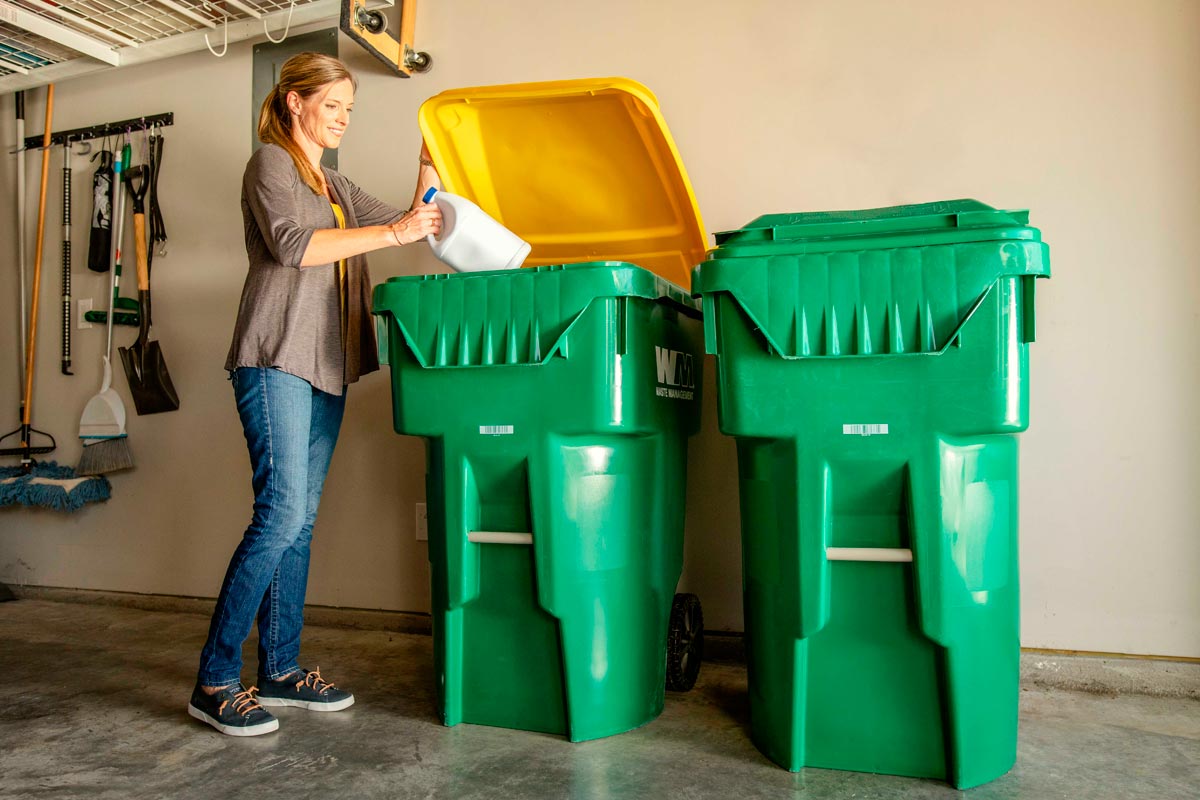


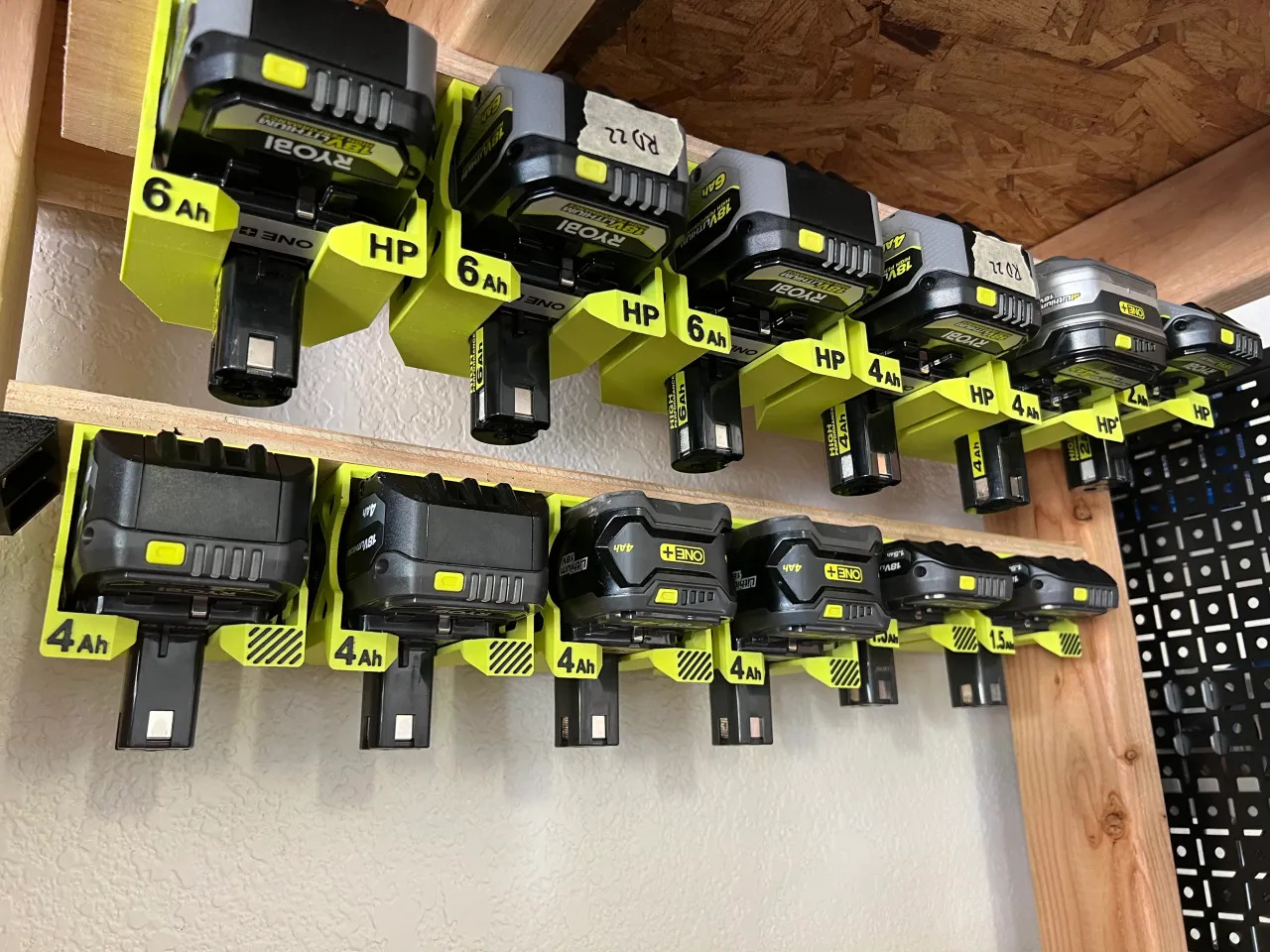


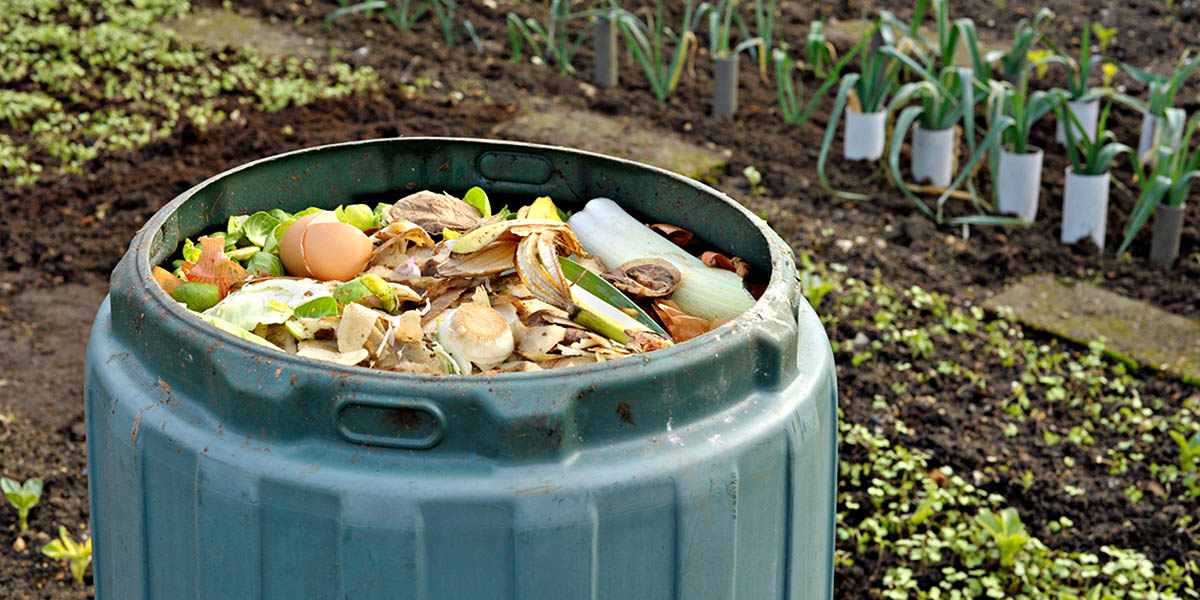

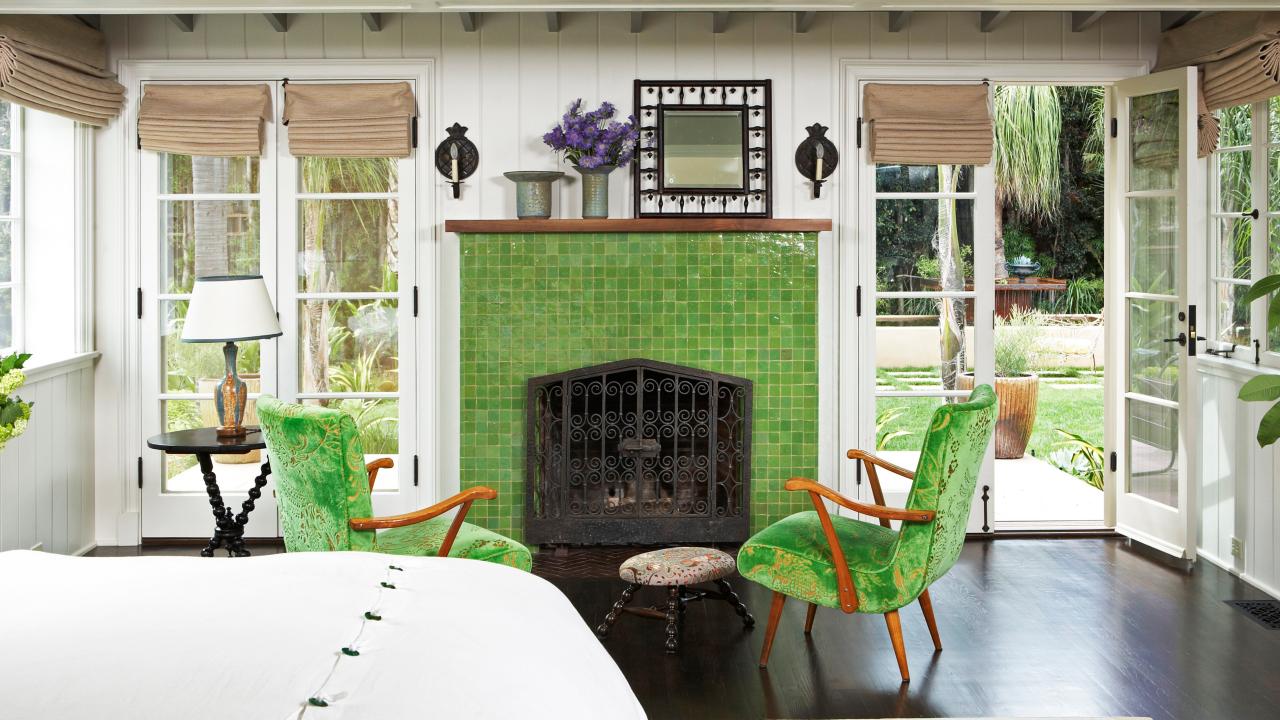

0 thoughts on “How To Hide The Recycling Bin”